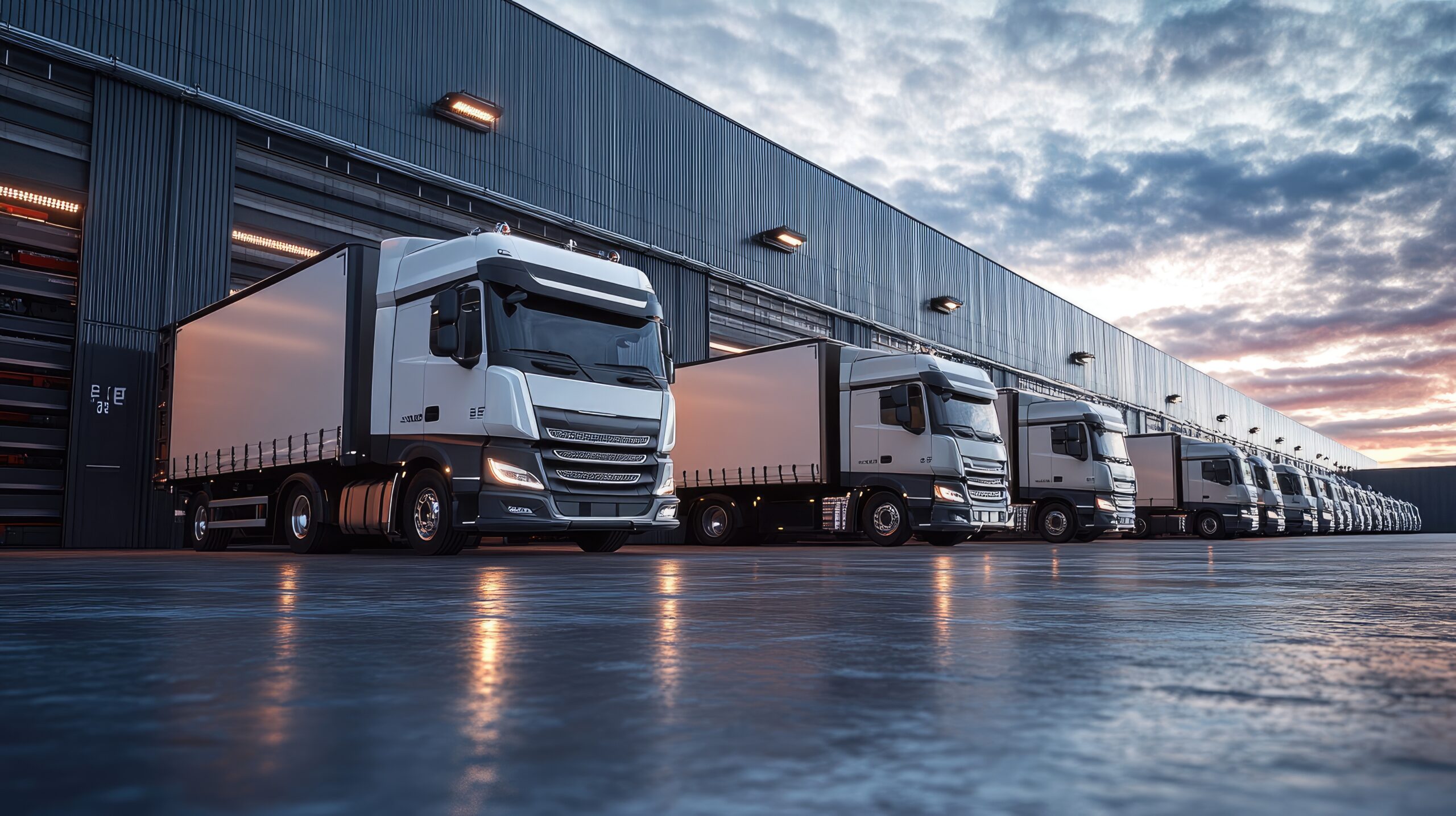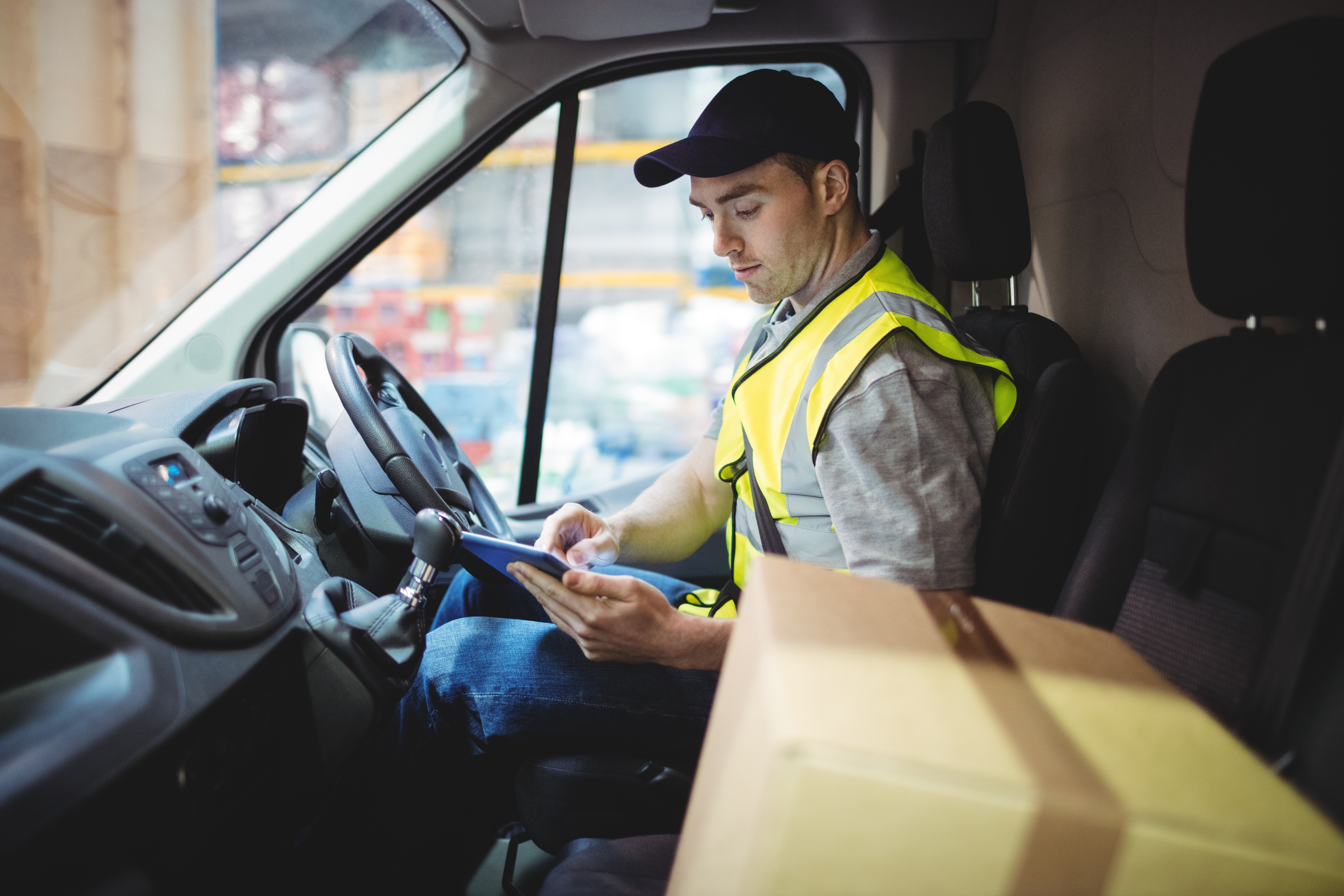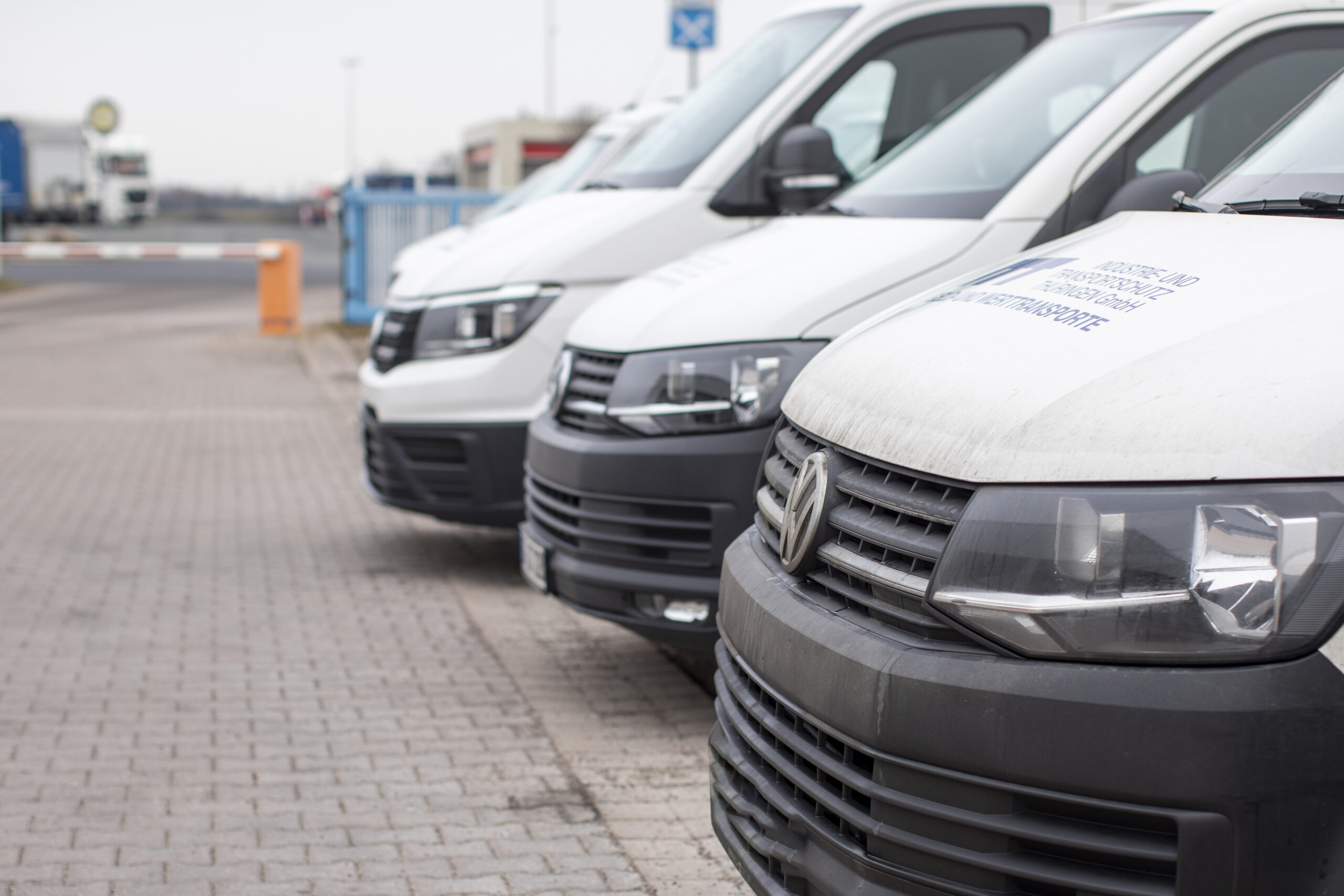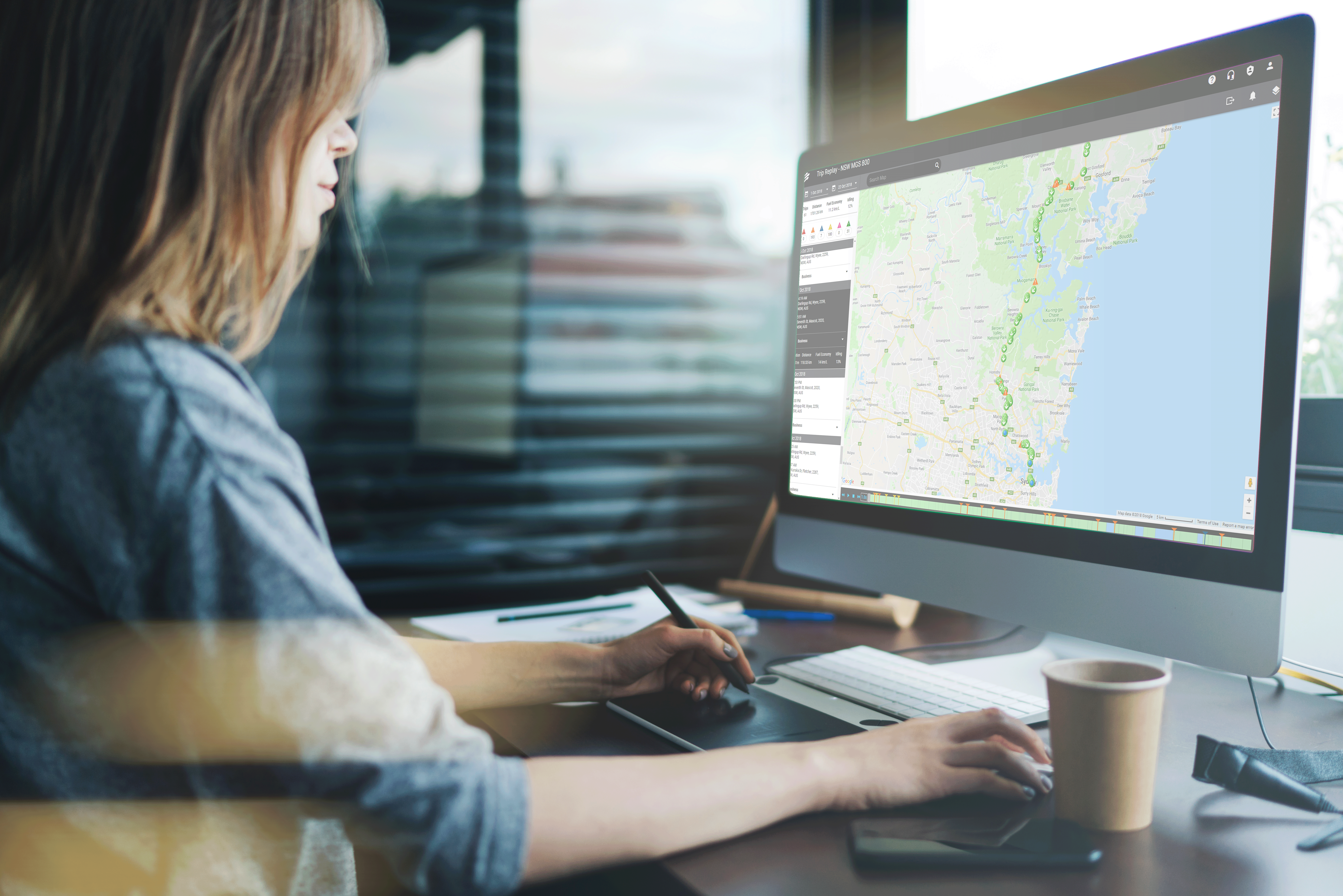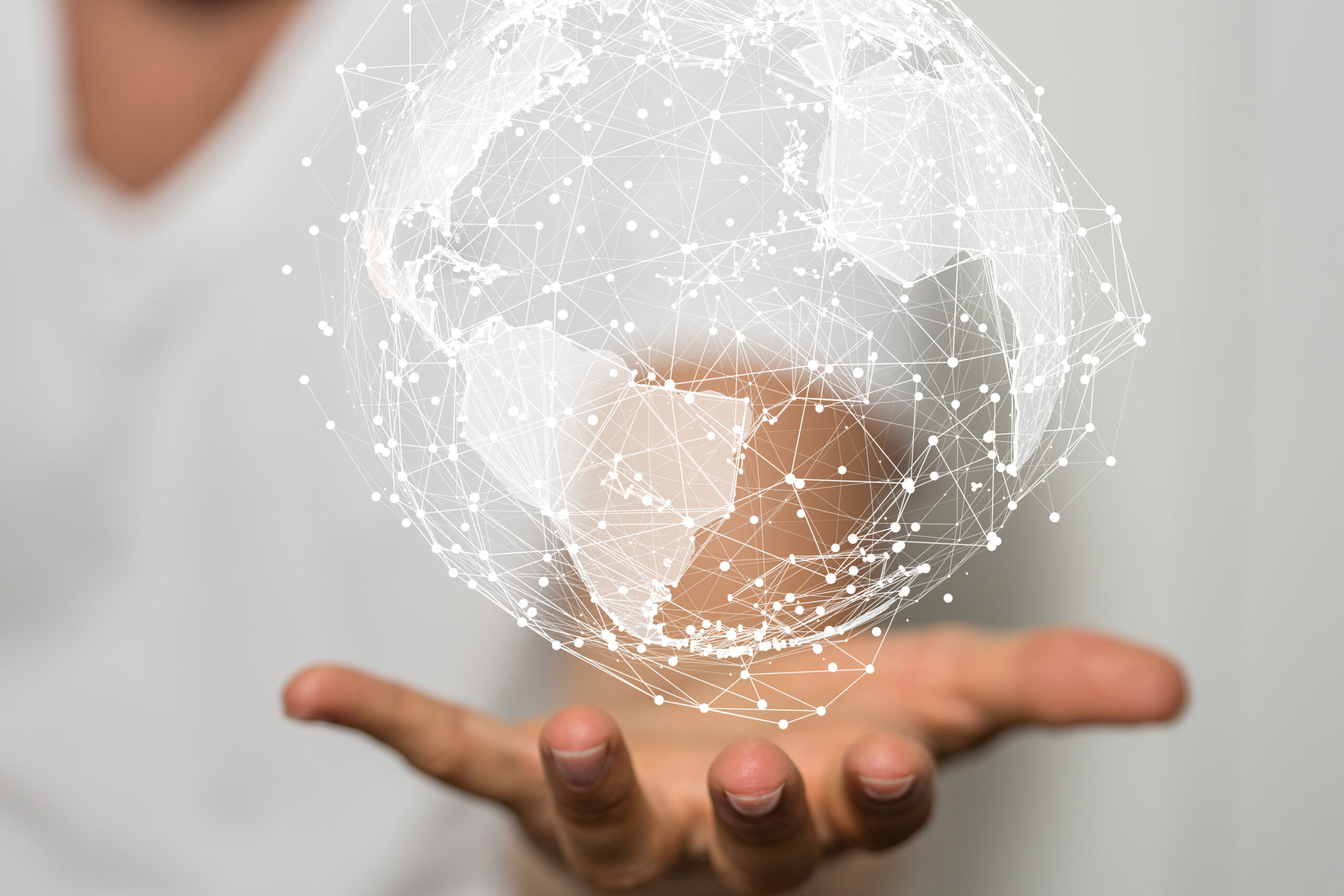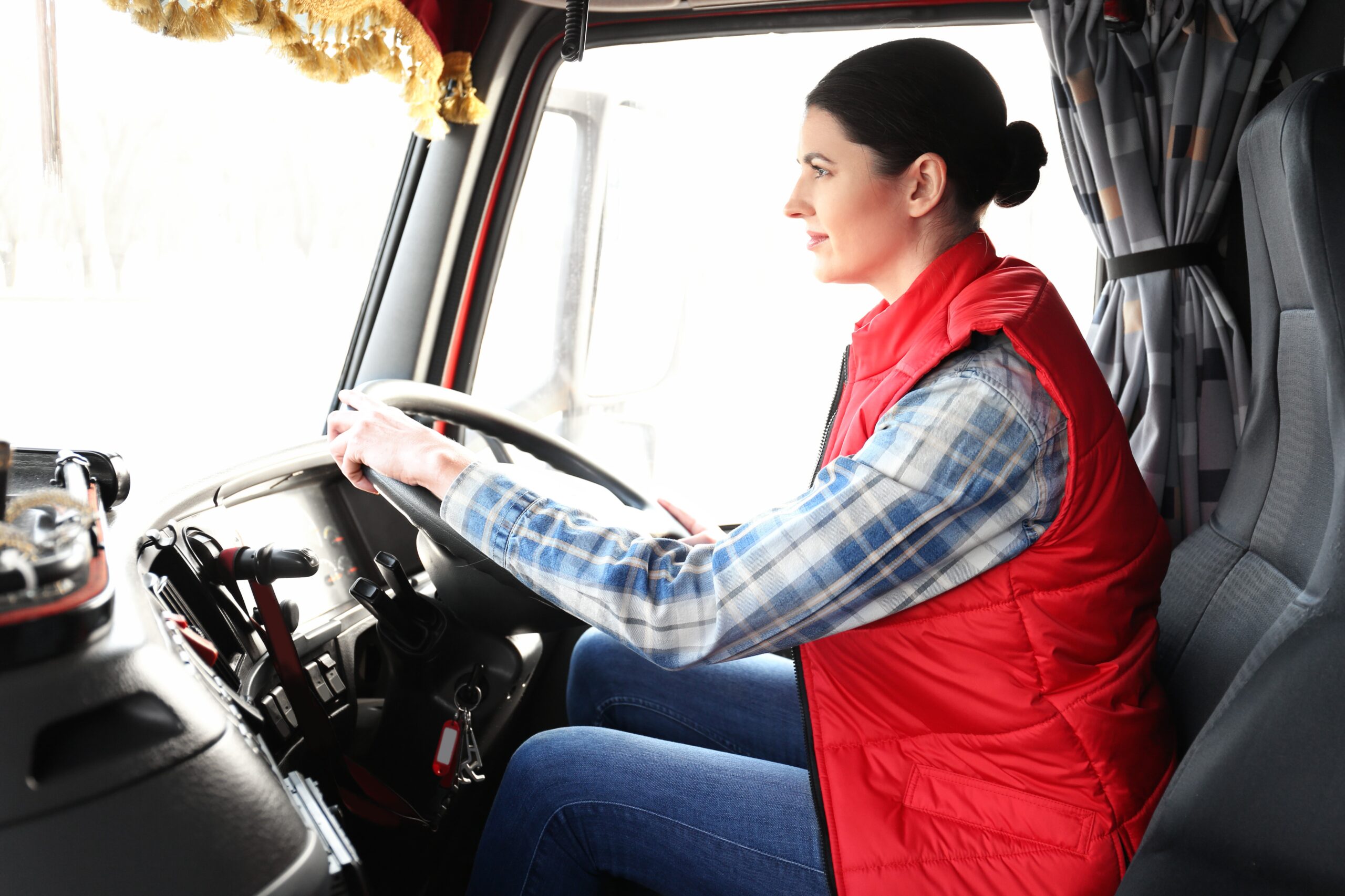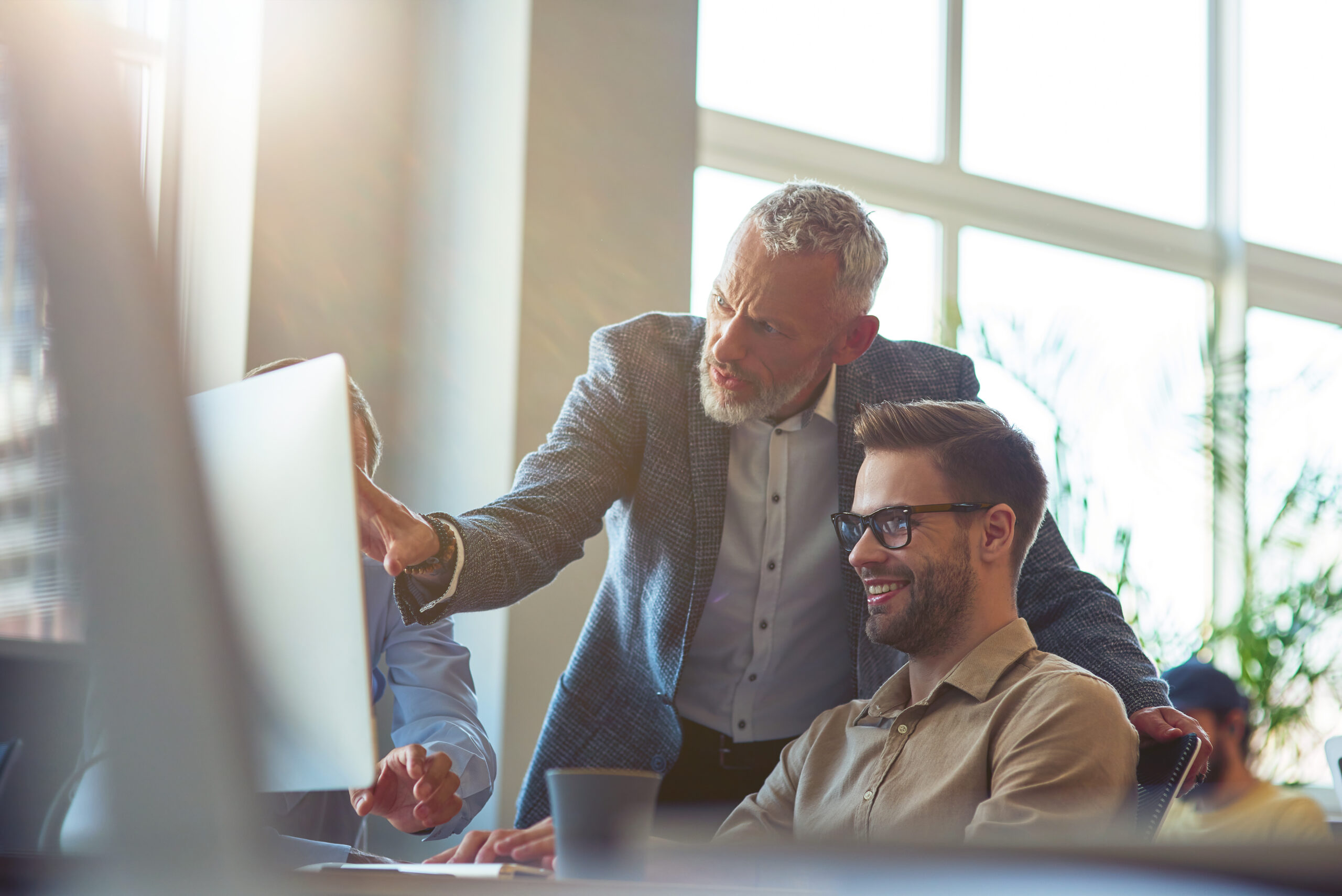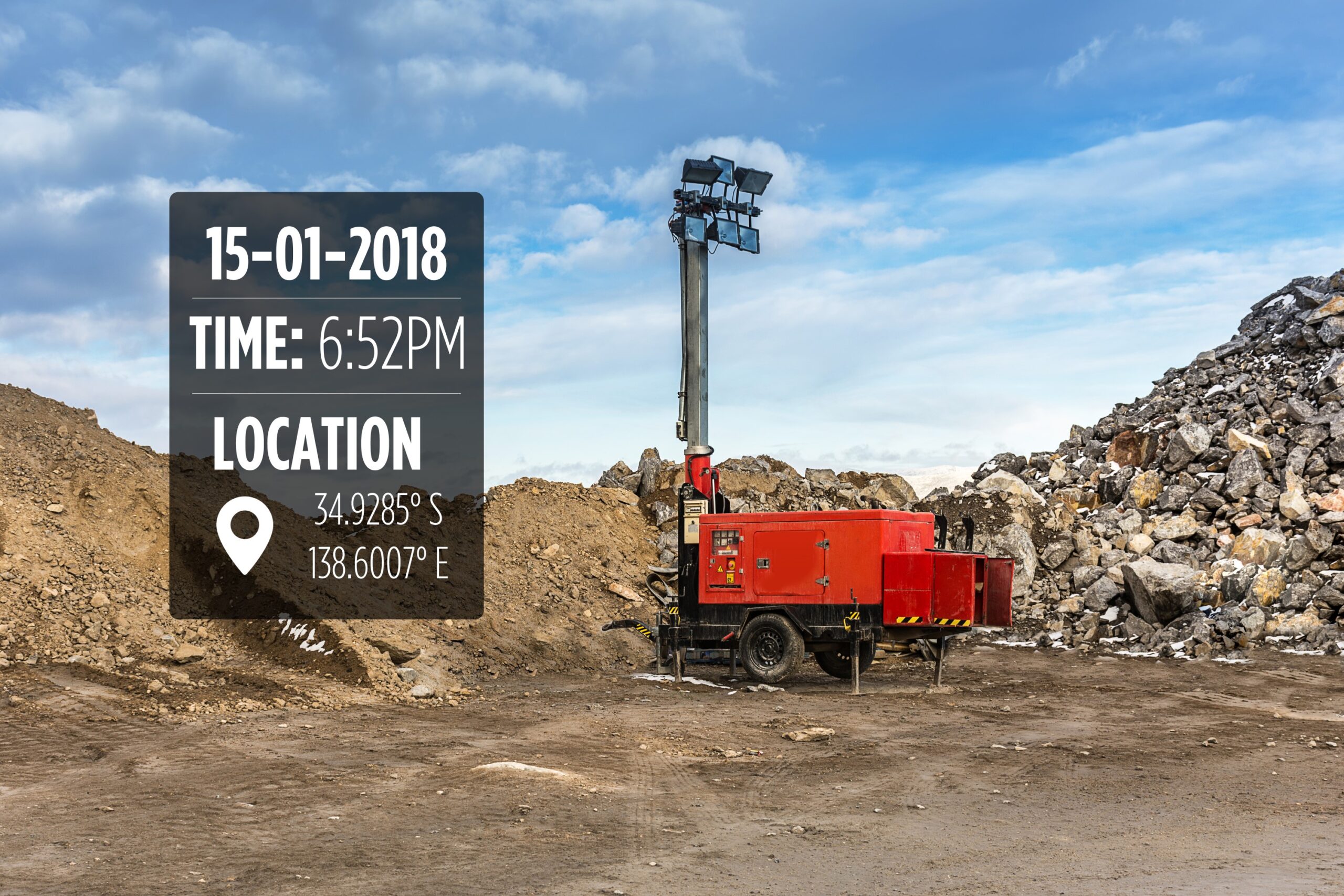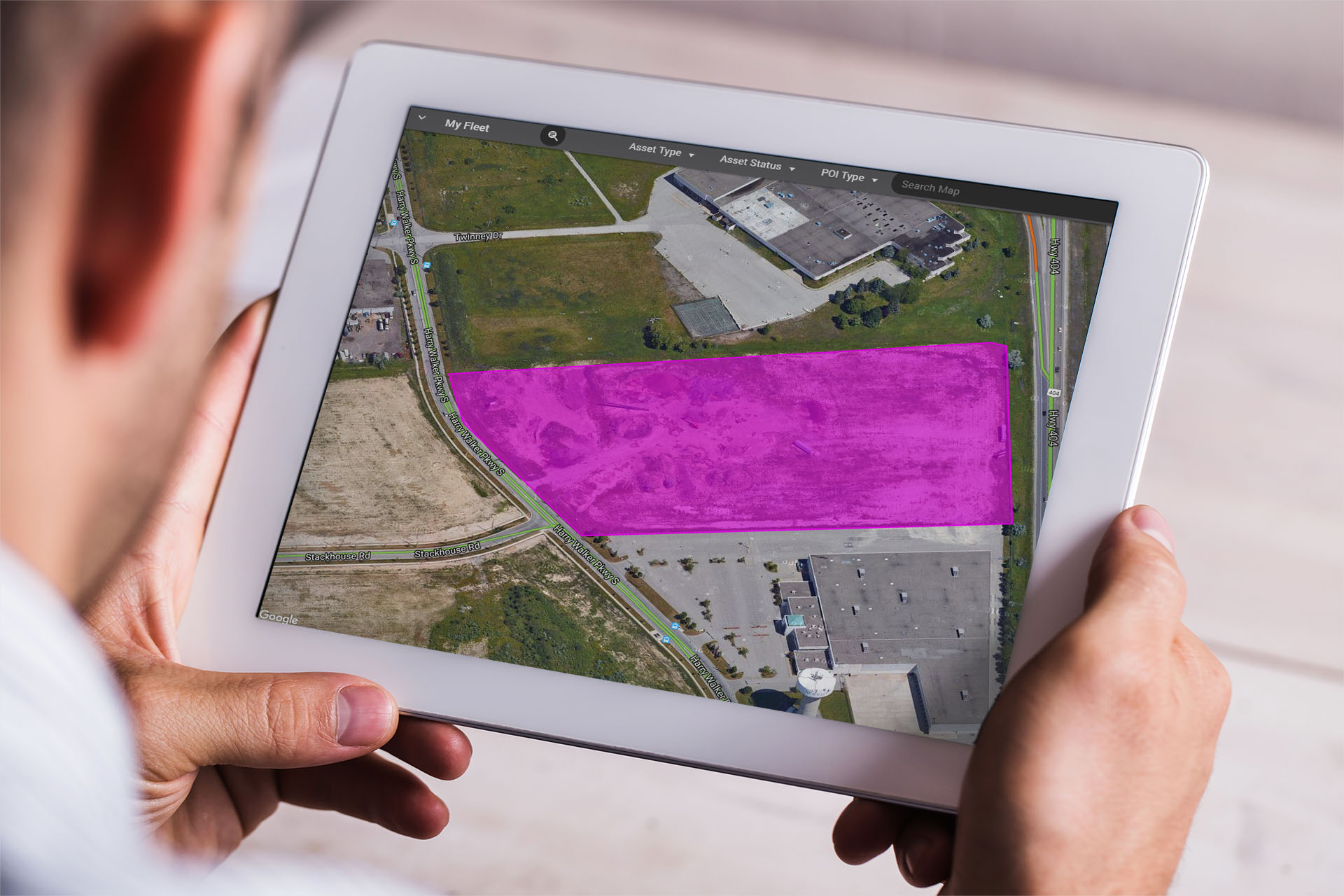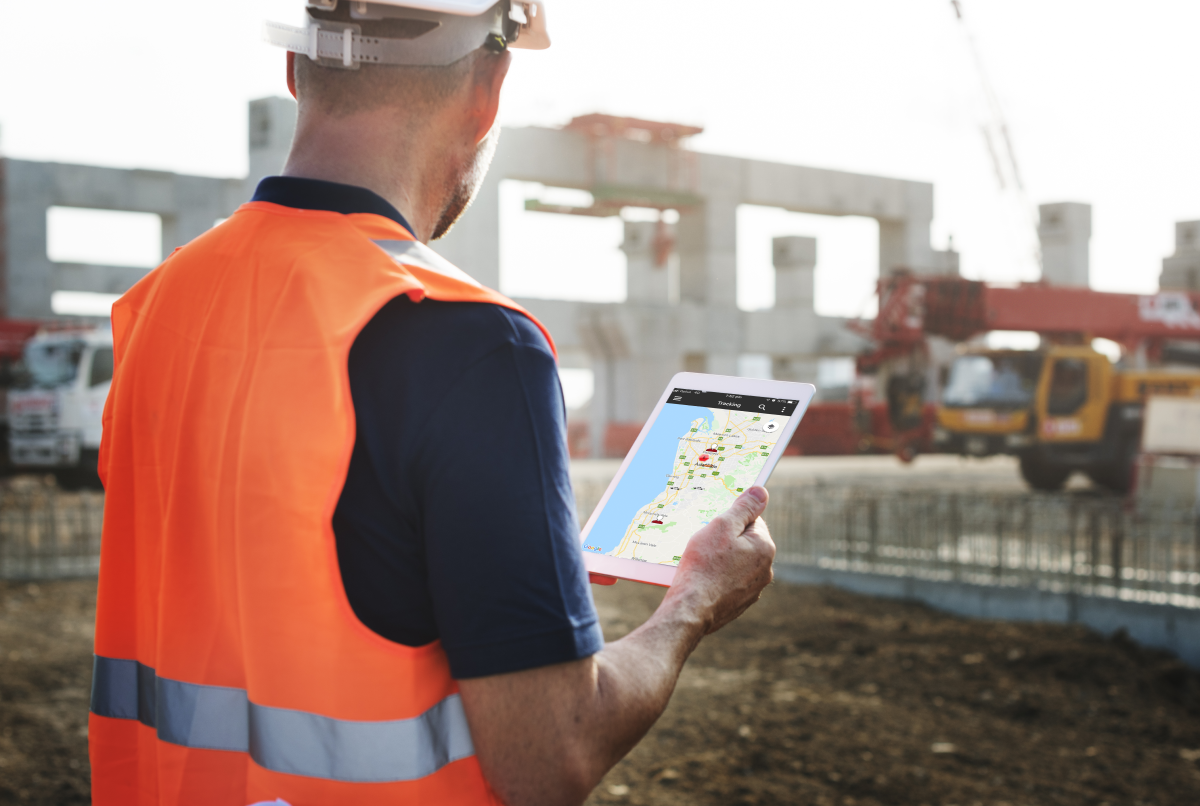
As the climate crisis has become a global priority, it’s important for fleet owners to find ways to reduce their carbon footprint. It’s a topic that warrants a proactive stance, since tighter restrictions are coming into play and being on the back foot is not a good place to be.
Along with being prepared for new legislation, running an environmentally-friendly business will also help you make cost-effective decisions and increase your company’s reputation in the public eye. This can lead to improving your bottom line while also supporting the environment.
In this article, we’ll take a closer look at specific ways you can reduce your fleet’s carbon dioxide (CO2) emissions today, so you can start reaping the benefits of operating an environmentally-conscious business.
1. Select the Right Fuel for the Job
When fueling up your fleet, there are several different types you can use. Thus, it’s important for fleet managers to fully understand their differences, including availability, cost, and CO2 emissions. Here’s a summary to help you decide which fuel type is best suited for your vehicles and the most efficient option to help reduce emissions:
Petrol
Petrol is widely available. Compared to diesel, it emits less NOx (nitrogen oxide) but tends to produce more CO2.
Diesel
Diesel has a bad reputation, but new developments have made it more environmentally friendly. It also has higher power-to-weight ratios, making it a more economical option for larger vehicles.
Biodiesel Blends
Power-wise, these are comparable to pure diesel but come with the added benefit of being renewable and emitting less CO2. The downside: biodiesel is currently more expensive than pure diesel. It’s also not distributed as widely.
Natural Gas
Whether in liquid form or compressed, natural gas is more environmentally friendly than any of the above. The downside: gas-powered vehicles tend to cost more because of the insulated fuel tanks and their limited availability.
Electric Vehicles (EVs) and Hybrid Electric Vehicles (HEVs)
The use of EVs is on the rise, including within fleets, with some companies having already made the transition to fully electric fleets. AGL Energy became the first Australian company to join the EV100 initiative in 2020 with a commitment to transition its 400-strong company vehicle fleet to all-electric models by 2030.
“We believe that Australia’s energy future will be affordable and smart—delivered from renewable sources that are backed by flexible energy storage technologies which come together to power our homes, businesses and vehicles,” a spokesperson for AGL Energy said.
EVs have zero tailpipe emissions and require fewer part changes due to wear-and-tear being substantially lower than in traditional fuel-run vehicles. There are also increasing government incentives for those who purchase EVs and hybrid vehicles—and the availability of charging stations is on the rise. Furthermore, battery life is vastly improving, with newer vehicles able to drive over 300 miles with a full charge.
 2. Monitor Fleet Metrics Using Technology
2. Monitor Fleet Metrics Using Technology
Did you know that how you drive can make a big difference to fuel consumption? Those who are heavy on the breaks and accelerator tend to burn more fuel than smooth, slow drivers. Excessive idling, non-efficient routes, and additional weight are also factors to consider when looking at emissions. So there are many components to keep in mind when considering fuel usage.
This is where Fleet Complete’s fleet management software comes in. It helps you gain visibility into these important fleet metrics. You can either view your entire fleet’s driving performance or look into an individual vehicle and driver. With these insights, managers can track driving and fuel consumption to take remedial and preventive steps to help efficiently reduce your carbon footprint.
3. Optimise Vehicle Usage
As well as making smart driving choices, it’s vital for fleet managers to choose the right vehicle for a job. This means not sending out large, fuel-guzzling trucks when a van will do.
If half-full vehicles are a regular occurrence, it might be worth investing in some smaller vehicles. Similarly, if your vehicles often carry excess weight—like unused toolboxes or equipment—it may be time to introduce storage options to lighten the load and help reduce your emissions.
Using a fleet management software will provide you with visibility into your entire fleet inventory, as well as which vehicle is currently available and which is in use.
4. Keep on Top of Tyre Pressure & Position
The status of your fleet’s tyres can’t be overlooked. Poorly inflated tyres can have a negative impact on CO2 emissions due to higher rolling resistance. This makes the engine work harder and consume more fuel.
Alongside tyre pressure, it’s equally important to check wheel alignment, as this also plays a role in how much fuel your vehicles are consuming.

Misaligned wheels increase fuel consumption and, therefore, CO2 emissions (Image Source).
Make tyre and alignment checks a regular part of your maintenance routine by using Fleet Complete’s Inspect mobile app. This allows you to efficiently manage maintenance reports online and quickly see which vehicles need repairs – including tyre and alignment fixes – to make sure everything is running smoothly and not wasting fuel.
5. Go Virtual When Possible to Minimise Vehicle Use
The global pandemic has forced many of us to embrace virtual meetings. As we emerge from the health crisis, it’s worth keeping online communication a part of your business’ operations. Virtual meetings require no travel, which means no vehicles on the road and no CO2 emissions.
The Bottom Line
Reducing CO2 emissions is a shared responsibility. Taking steps to reduce your fleet’s carbon footprint can yield positive results for both the environment and your bottom line. With Fleet Complete’s telematics solutions and real-time metric-tracking technologies, you can be better informed to make strategic, informed choices. Get started today by trying out our Fleet Complete demo.





